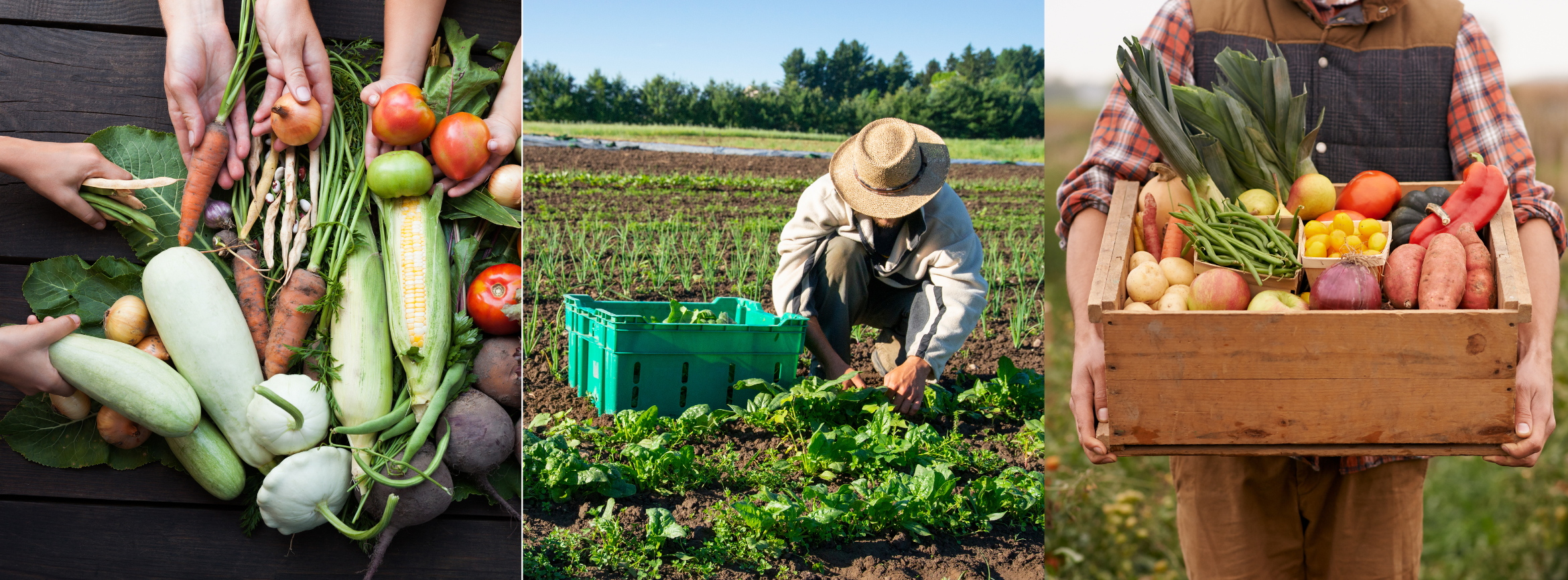Macro Trends for 2025 – From Policy to Plate
Introduction
As we look toward 2025, the food landscape is being reshaped by forces that extend well beyond the familiar narratives of sustainability and global flavors. In this new era, government policy shifts, regenerative practices, experiential dining, technological integration, and emerging cultural influences are all playing pivotal roles. One particularly exciting trend is the rising prominence of Filipino flavors in both restaurants and consumer packaged goods (CPG). This post explores how these macro trends—from policy and regenerative agriculture to immersive dining and innovative cultural cuisines—are setting the stage for tomorrow’s culinary world.
1. Government Policy and Food Innovation
Recent changes in government policy are having a profound impact on the food industry:
Regulatory Reforms and Transparent Labeling:
Governments are pushing for more stringent labeling and ingredient traceability standards. New proposals mandate clear nutritional disclosures and ethical sourcing information, prompting brands to reformulate products to meet these higher standards. This trend influences both CPG and restaurant menus, as companies invest in cleaner, more transparent supply chains.Subsidies for Local and Sustainable Agriculture:
Legislative changes—including revisions to Farm Bills and local food support initiatives—are incentivizing producers to embrace sustainable practices. These policies bolster local economies while ensuring a steady supply of high-quality, locally sourced ingredients that are increasingly featured in both retail products and restaurant dishes.Climate Change and Food Security:
With climate change accelerating, policies targeting food waste reduction and resource efficiency are gaining traction. Programs that promote energy-efficient production methods and innovative packaging technologies are influencing ingredient sourcing and production methods, creating opportunities for brands that invest in sustainable practices.
2. The Rise of Regenerative Practices
Moving beyond conventional sustainability, regenerative agriculture is transforming the food supply chain:
Soil Health and Biodiversity:
Regenerative agriculture focuses on restoring soil vitality, enhancing biodiversity, and improving water retention. Major food companies—such as General Mills and Danone—are piloting programs that support regenerative practices, which not only boost product quality but also contribute to long-term environmental resilience. Smaller brands, like Azuluna Foods, have entered the CPG space with first-to-market Certified Regenified products, paving the way for more brands to follow.Consumer Demand for Wholesome, Traceable Food:
Modern diners want more than organic labels; they seek assurances that their food actively improves both environmental and personal health. Restaurants and CPG brands that highlight their use of regenerative ingredients are building stronger connections with consumers who value transparency and sustainability.
3. Experiential Dining and Technological Integration
The dining experience is evolving into a multisensory journey, amplified by cutting-edge technology:
Immersive Dining Concepts:
In 2024, experiential dining has moved beyond ambiance upgrades. Restaurants are crafting immersive experiences—such as themed pop-ups, VR-enhanced meals, and interactive tasting events—that transform a simple meal into an unforgettable event. These innovative concepts drive word-of-mouth buzz and boost social media engagement.Smart Kitchens and Automation:
The integration of robotics, AI-powered ordering systems, and digital inventory management is revolutionizing restaurant operations. These technologies streamline back-of-house processes, reduce waste, and create more personalized customer experiences through real-time data insights.
4. The Emergence of Filipino Flavors
A fresh wave in culinary innovation is the rise of Filipino flavors, bringing a unique blend of sweet, sour, and savory notes to the mainstream:
Restaurants Embracing Filipino Cuisine:
Innovative restaurants across the U.S. are reinterpreting classic Filipino dishes with a modern twist. For example:Oko, a new Filipino-inspired restaurant in Austin, Texas, has quickly gained attention for its innovative fusion of traditional Filipino flavors with Austin’s creative culinary scene.
Kasama, located in Chicago, is known for its innovative Filipino cuisine and was awarded a Michelin star in 2022, making it the world's first Filipino restaurant with a star.
New ventures in New York City—such as emerging concepts in fusion dining—are showcasing Filipino comfort food in innovative formats that appeal to a diverse audience.
Filipino-Inspired CPG Innovations:
On the packaged goods front, the influence of Filipino flavors is evident in several emerging products:Snack brands are launching adobo-flavored chips that capture the rich, umami depth of traditional Filipino adobo, offering a novel twist in the savory snack category.
Condiment companies are experimenting with bagoong-inspired sauces (fermented shrimp paste), providing consumers with authentic flavor experiences that are both bold and versatile.
Established brands like Mama Sita’s continue to innovate, introducing new product lines that blend classic Filipino recipes with modern, health-focused formulations.
Conclusion
The trends shaping 2025 are multifaceted—from policy-driven innovation and regenerative agriculture to immersive dining experiences, technological advancements, and the rising prominence of culturally inspired flavors like Filipino cuisine. Brands that proactively adapt to these forces will be well positioned to meet the evolving demands of modern consumers. By embracing these emerging trends, food companies can set new benchmarks in quality, sustainability, and innovation.
At Culinary Culture, we are dedicated to helping brands navigate and capitalize on these trends. Connect with us to learn how you can turn these insights into strategic advantages for 2025 and beyond.


